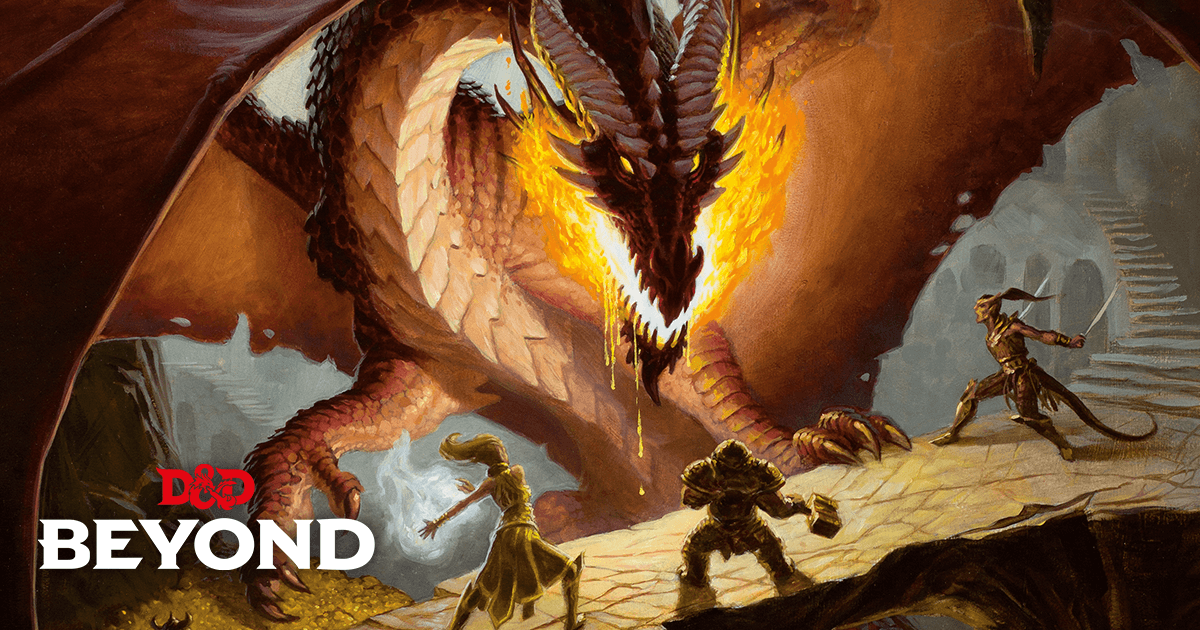Cleon
Legend
PS: you left a stray closing bracket on the volcano pig....
Where?
Oh, in the Index. I'd copy-pasted the Uropygid, Giant (Mastigoproctus) row and edited the entries and that parentheses didn't get trimmed.
Easily fixed.
PS: you left a stray closing bracket on the volcano pig....
Okay - so you can see it laid out...
The boalisk is a serpent-like creature that reaches lengths of 25 feet. It resembles an enormous bulky constrictor snake with sombre-colored scales of green, brown and grey, and striking luminous yellow eyes. Unknowing adventurers have sometimes mistaken this beast for a basilisk, leading to a not uncommonly held belief that basilisks are snakelike in appearance.
(Not sure whether to put this at bottom with another header...) The boalisk inhabits dismal swamps and jungles, generally in warmer climates. Its origin is unknown, but thought to be from similar processes or dark magic that created the basilisk.
Visual Digesters. The boalisk has a gaze as hazardous as its near-namesake, afflicting victims with a rotting condition rather than petrification, which enables it to feed upon animals too large for it to kill in direct confrontation. After biting prey, the boalisk stalks them until they succumb to the rot, and eats their easily-digestible remains. Unlike basilisks, boalisks have a brille (clear membrane) over their eyes that prevents them being affected by their own gaze. This body part is valued by wizards and alchemists as it can be used to make eye cusps that prevent gaze attacks from affecting the wearer.
Dragon #81 said:Petrified creatures cannot be eaten by basilisks, and they will therefore strike with their petrifying gaze only at creatures who by size or aggressive behavior seem threatening to them.
Unlike basilisks, boalisks cannot be harmed by reflecting their gaze with a mirror. A boalisk's eyes are covered by transparent scales that protect them from many attacks that affect the eyes. Called brille, these membranes are actually permanently fused clear eyelids, so a boalisk has its eyes closed but can still see. These organs are valued by wizards and alchemists as they can be enchanted into eye cusps that provide similar protection to their wearer. Ordinary snakes also possess brille and are immune to a boalisk's gaze attack.
Brille. A boalisk's eyes are covered by transparent scales that grant it immunity to attacks that require eye contact or direct line of sight, such as some gaze attacks (e.g. the petrifying gaze of a basilisk or medusa). The eye-covering scales also protect the boalisk's eyes from dust and other irritants. Brille are actually permanently fused clear eyelids, so a boalisk has its eyes closed but can still see.
The last bit of social serpents is good as it explains why it is with some "normal" constrictor snakes. I kept it in
Looks good, although I'd tweak the credit to "(Boalisks first appeared in the 1st edition Monster Manual II (1983) by Gary Gygax)" as the great EGG had his name on the cover!
Ok updated credit and published.

Boalisk
Brille. A boalisk has immunity to attacks that require eye contact or direct line of sight, such as some gaze attacks (e.g. the petrifyin...www.dndbeyond.com
There was one other point I thought interesting. The 1E Monster Manual II boalisk has DAMAGE/ATTACK: 1-3 (bill)/2-7 (constriction). Attacking with a "bill" rather than a "bite" suggests the original version of the boalisk had a beak like a bird or a cockatrice, implying a somewhat avian head.
Do we want to do anything with that?
Maybe say some Boalisks have scaled but birdlike heads whose toothy jaws end in a chicken-like beak?
